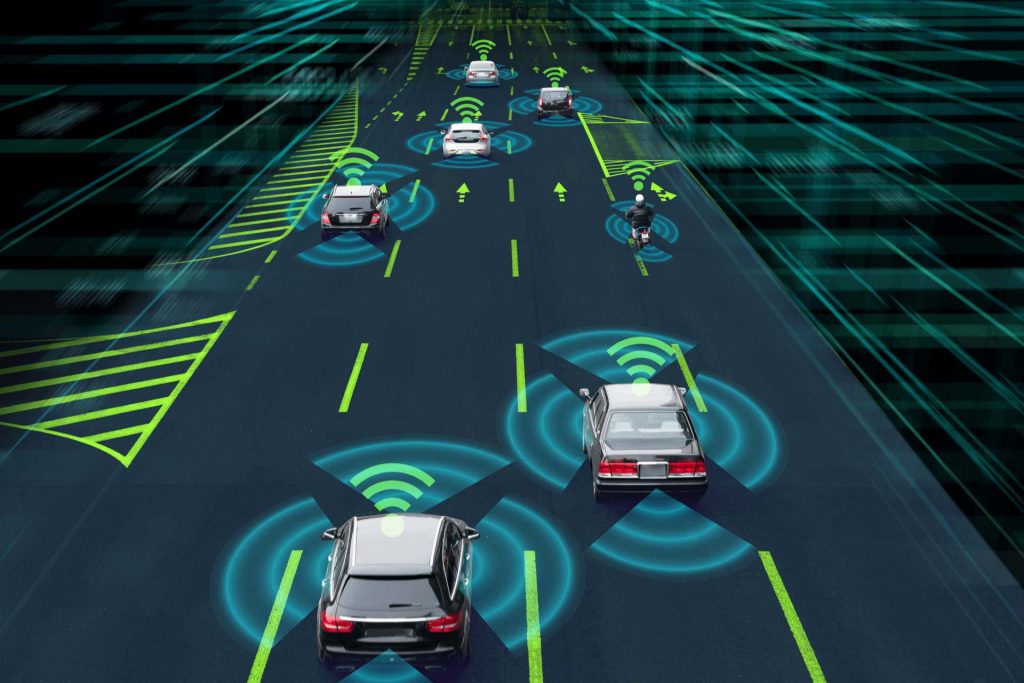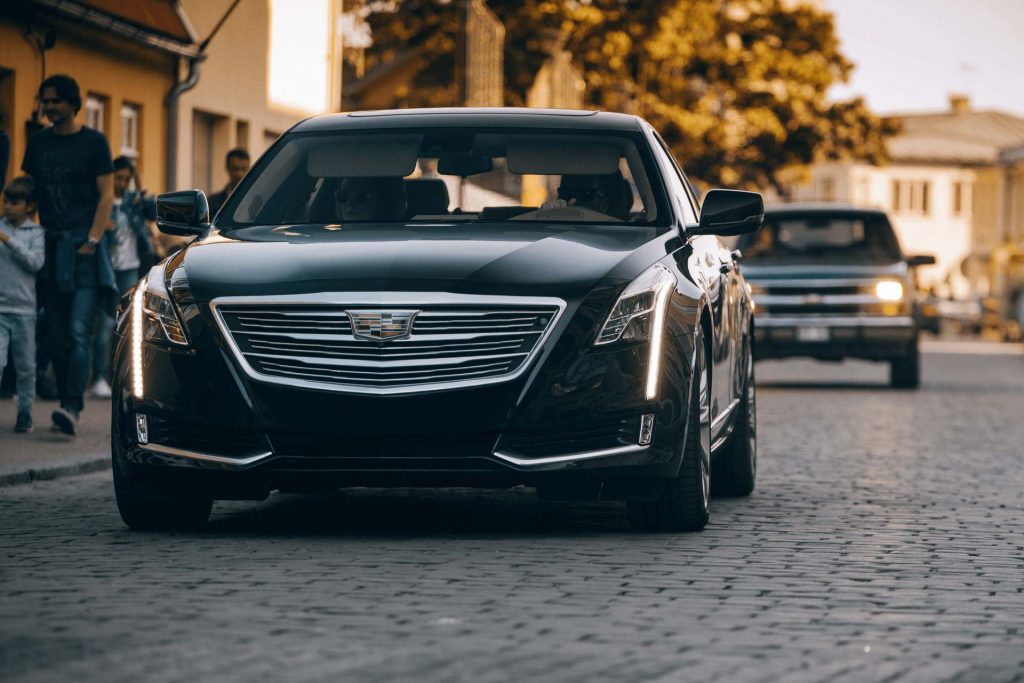Driver’s safety has always been a concern since the introduction of motor vehicles. Before, when an unpredicted situation would occur, drivers would rely solely on their instincts, experience on the road, and sharp reflexes, and there was very little helping them avoid it. Today, technology brings many advantages when it comes to safety, and cars are now equipped with many bells and whistles to help drivers, on the one hand, feel more secure and, on the other hand, prevent any potentially life-threatening situation. That’s where V2V, as is it commonly known, comes into play.
WHAT’S V2V?
Vehicle-to-vehicle communication is a crash avoidance technology that allows vehicles to communicate in real-time, sending crucial information to the drivers. It uses a wireless protocol called ‘DEDICATED SHORT RANGE COMMUNICATIONS’ or DSRC, which, combined with GPS technology, allows tracking and sending information in a low-cost package. V2V allows vehicles to have a 360 degrees view of their surroundings and communicate from approximately 984 feet (300meters) with similarly equipped vehicles.
Messages between cars include:
- Vehicle speed
- Acceleration and heading
- Vehicle Control information: transmission state, brake status, and steering wheel angle.
- Path history and path prediction.
It is important to note that all this information is sent anonymously and does not track the vehicle, so no personal information is at risk when activated. Also, warnings are given to the driver in the form of seat vibrations, displays, or tone, and the driver remains in control at all times.

DIFFERENT APPLICATIONS
As crash avoidance is the main reason for this technology, it must be able to track and predict a vast range of situations happening within its effective range. For example:
- Intersection Movement Assist Application: Warns drivers when it is unsafe to enter an intersection
- Do not pass Application: warns drivers when it is dangerous to pass a slow-moving vehicle
- Emergency Electronic Brake Light Application: Notifies the driver when an out-of-sight vehicle, several cars ahead, start breaking.
- Blind Spot Warning Application: Allows drivers to virtually see what’s happening in their blind spots
THE CHALLENGE, THE FUTURE, THE POSSIBILITIES
With any emerging technology, the challenge is always about standardization. With V2V, it boils down to the communication technology that is used to form the mesh.
For a couple of years now, some vehicles have been equipped with this technology, for example, the 2017 Cadillac CTS sedan. This used the DSRC protocol, given that federal regulators prescribed it in the US, and the FCC allocated 75Mhz of bandwidth in the 5.9GHz band in 1999.

DSRC has the support of the Global Automakers Trade Association ( Honda, Nissan, Subaru, Kia, and Toyota) and the NHTSA. The latter began a process that would mandate the inclusion of DSRC-based V2V technology in all cars sold from 2023 onwards.
But DSRC is not the only option available for this kind of communication. 5GLTE is a great contender being backed up by the likes of Baidu in China and Volkswagen in Germany, who said that it would be connecting all their future models via this protocol. They cite various advantages over DSRC, including a wider bandwidth, using existing cell towers instead of dedicated roadside units (which would need funding), increased security, and greater interoperability.
While the standardization battle continues, the future of V2V remains uncertain and far from being as efficient as it is imagined. Many manufacturers are even thinking of allowing vehicles to switch between both protocols to implement the technology faster and start building the desired communication mesh, allowing for safer roads for drivers and pedestrians alike.
This article was brought to you by Kustom Signals, a leading provider of law enforcement speed enforcement and video solutions.

